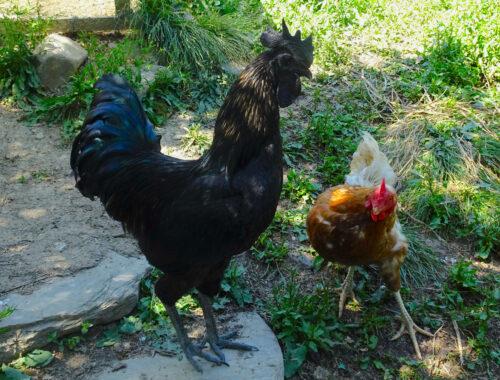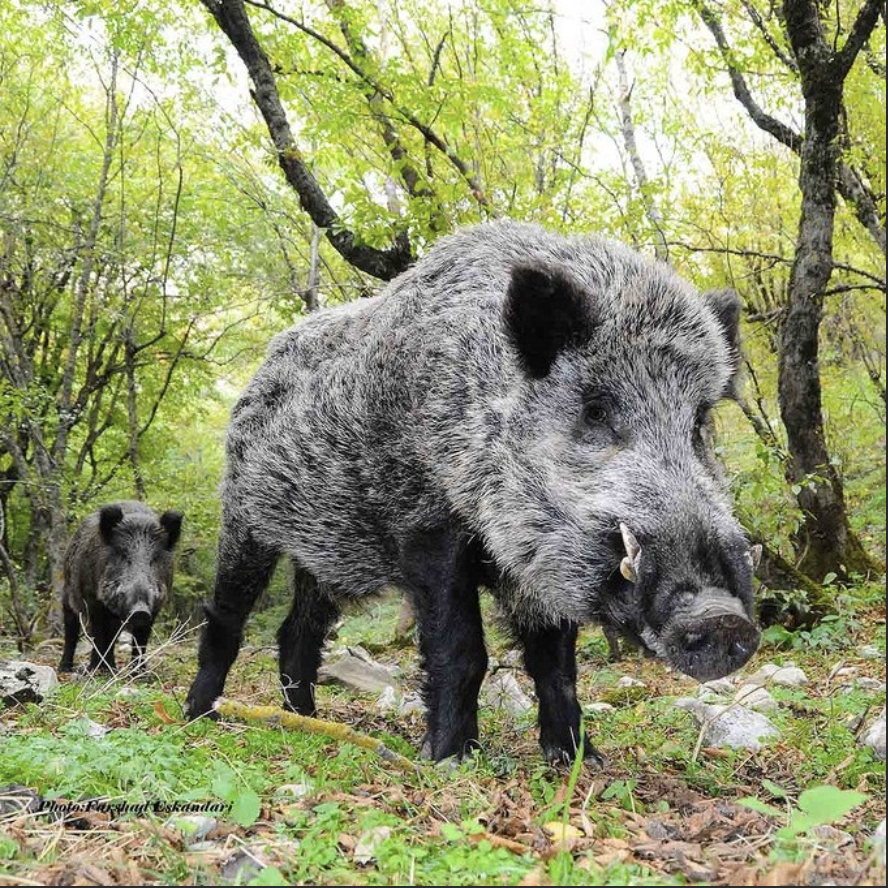
Itching for a Fright
Tulku loves a good scratch. He´s not what I’d call an itchy dog, his coat is glossy and he is healthy, happy, calm and strong. He’s never been to the vets. So, when around the full moon in the Serpent Bearer, when he began scratching through the night, I knew something was up.
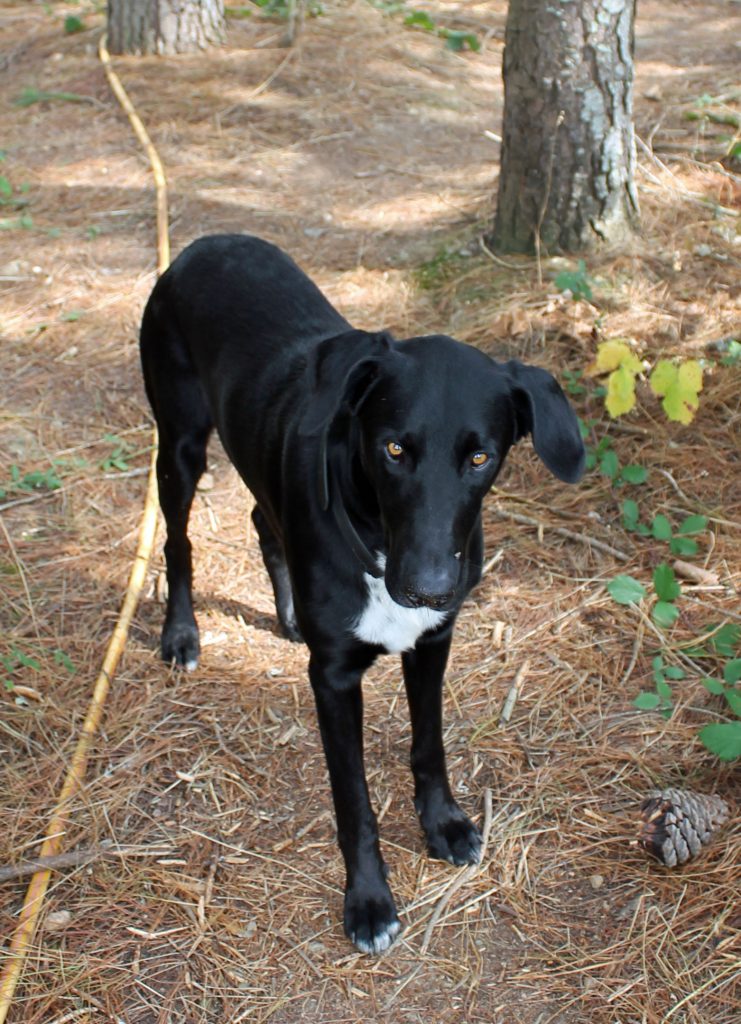
Parasites
We live in the country and our dogs are free to roam. They are exposed to a wide-range of microbes and parasites from cows, sheep, wild boar, foxes, wolves, deer and many small mammals. We also have cats and chickens. We all have parasites, but we also have healthy immune systems and I prefer to support the immune system with a natural parasite protocol, rather than use worming tablets.
Parasites (even human ones) follow the lunar cycle. Generally, they lay their eggs around the new moon and hatch, feed and breed around the full moon. Their activity and waste products cause irritation that affects behaviour in different ways – when our animal behaviour changes around the new or full moon, unless something else obvious has happened, I’ll always consider parasites as a probable cause. Freya can get very stressed and irritable at the new and full moon, especially around food. Her immune system is compromised by vaccines and she wants to eat to deal with inflammation. Izzy is half-feral and barely affected – the only giveaway with her is the occasional bum-scoot on the grass. Tulku fasts and scratches.
For the most part, our own parasite protocol has been effective and any symptoms pass within a day or so, meaning that the immune system has won and there is no infestation. The issue with parasites is not whether or not you have them; everyone does, no matter where you live, what you eat, nor how clean and healthy you are. The issue is how many. If your immune and detoxification systems become overwhelmed, there will be other symptoms, such as excessive scratching.
We decided that on this occasion we would get some worming tablets. Here in Spain, you buy them in the agricultural shop, which we did and administered them in that afternoon. The girls were fine, but that night Tulku had a bad reaction and we were up most of the night with him. His scratching went into overdrive, he had an upset stomach and he became very stressed. I could tell he was having a histamine reaction, perhaps because I’ve had so many myself, and after I gave him an anti-histamine he calmed down. I don’t use antihistamines regularly, as histamine is not well understood and provides a range of complex and important functions in the body. In the hypnagogic wee hours, I made a mental note to learn more about histamine.
I’ve since found out that border collies can be sensitive to Ivermectin and Milbemax and Tulku is half border collie and half dobermann.
Wild
Boar Medicine
The next morning, when Tulku started scratching again, and we were exhausted. I knew his immune system was going into overdrive and I expressed the thought that he needed an external threat that he could identify as the source of the problem. (Misidentification of the source of the problem is a contributory factor in many allergy and autoimmune conditions and there is always an emotional factor involved.) Ten minutes into our morning walk and we heard a squeaker screaming in the woods to our left and more snorting and running to the right. We had stumbled into a wild boar family and something was wrong!
The dogs split in all directions, as we legged it up the track calling them to come. Freya’s last encounter with a wild boar had been really nasty. Luckily, they both came back after a few minutes, but no Tulku. Dean had to hold the girls so I could go back and find him. I went back to where we first heard the scream and listened. I couldn’t hear anything so I called Tulku and after a few minutes he came running towards me, panting and covered in blood! I managed to catch him and drag him to where Dean was waiting – quite a challenge as we don’t take leads on our morning walks and he wanted to go back in for another round. It was only after we’d nearly finished our walk and come to a little creek, that we could wash him off and see that it was not his blood. That was a relief, but short-lived with the thought of a wounded boar in the woods so close to home.
We decided to put the dogs on their leads to go back and check it out, but the woods were silent and we all knew that no one was there. We went back to the house, but Tulku would not settle so we let him out. After about 20 minutes, he came back with a dead squeaker, still warm, but the mystery is that there was no blood on it and no sign of injury at all. We can only think that it must have got trampled, perhaps by a rogue male attacking the family and died of internal injuries.
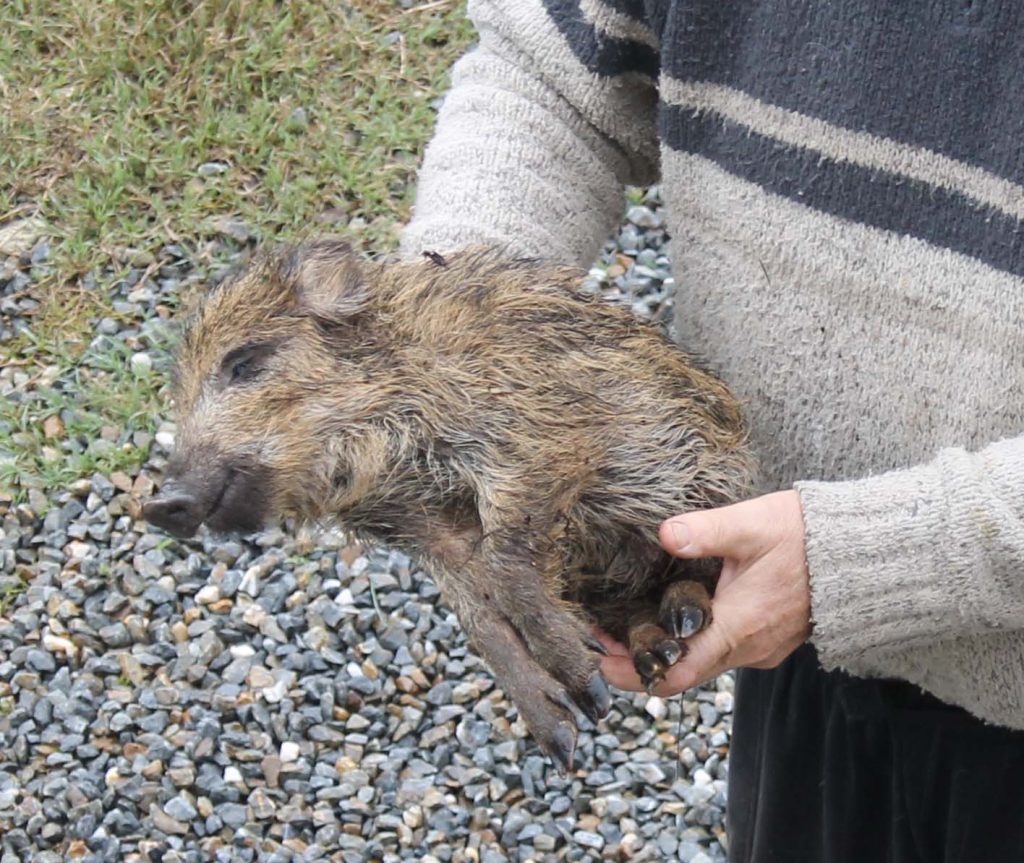
Tulku stopped scratching. We were a bit concerned that he might have got over confident, thinking that the squeaker was the source of his problem and we want the dogs to stay away from the boars as they can be dangerous. As if to ease our minds, the next morning, as we were walking on a different track, a massive adult wild boar jumped out of the bushes, right into the middle of the three dogs. The boar, with its wild and sharp instincts, spun around immediately and disappeared back the way he came. The dogs made a move to follow, but hesitated and came when we called them. They did not want to mess with him. Job done.
It’s well known that adrenaline/epinephrine counteracts histamine. That’s why it’s injected for anaphylactic shock, as it acts far more quickly than antihistamines and closes the blood vessels that histamine dilates. I almost experienced that a few years ago, when I disturbed a wasp nest and got about 20 stings. My whole body swelled up, but when my throat began to close and I got really scared, my adrenaline kicked in and the histamine abated, so I could breathe again. Regular adrenaline ´spurts,` from the kind of physical risk-taking that causes natural fear, helps keep histamine in balance.
Although the body produces exactly the same adrenaline and cortisol in response to imagined or psychological fear as it does to physical fear – as in being chased by a wild boar – it is processed differently when the senses are involved. In a real, physical fear situation you get the satisfaction of knowing the cause of the fear. Histamine is critical in processing the entire experience in the hypothalamus and amygdala, not only to enable you to avoid future danger, but also to enable your body to differentiate between real and imagined danger. As with most things, truth trumps falsehood (if you live long enough).
The tuberomammillary nucleus of the hypothalamus is the source of histamine in the central nervous system and it is involved in multiple processes throughout the body and brain. But what ´mechanism` caused the wild boar to show up at exactly the right time? I began to wonder: was histamine somehow involved in that?
Ubiquitous
Histamine
Histamine is an endogenous nitrogenous compound produced by everything from bacteria, to insects to elephants. It’s difficult to find any living creature that does not produce histamine. Gut bacteria produce histamine, as well as dopamine, serotonin, norepinephrine and GABA, which are neurotransmitters and hormones that regulate systems they don’t themselves have, but impact on host physiology and behaviour! It´s what makes the ´sting` in stinging nettles (along with acetylcholine and serotonin). Histamine is the neurotransmitter used by the photoreceptors of anthropod eyes. Apparently, blind flies regain their sight if injected with histamine (just think abut that for a minute).
In
humans, there
are four known histamine receptors:
H1 receptors are located in most smooth muscle (ileum, bronchi, uterus,) endothelial cells (blood vessels) and the brain. Histamine interaction with these receptors is critical for the sleep-wake cycle and involved in both sleepiness and insomnia. It is also associated with motion sickness, hives, asthma, hay fever, seasonal allergies, and possibly food allergies.
H2 receptors
are located
in gastric parietal cells, heart, uterus and vascular smooth muscle.
They are associated with gastric acid production, heart rate, cardiac
output, abdominal pain, nausea, gastroenteritis and ulcers.
H3 receptors
are located in
the central nervous system, where they modulate the neurotransmission
and synthesis of histamine throughout the nervous system.
H4 receptors
are located in
mast cells, thymus, spleen, bone marrow, colon, small intestine, and
basophils. They are associated with the inflammatory response and
regulating white blood cell release from bone marrow.
In his book Nutrition and Mental Illness, published in 1988, Dr. Carl Pfeiffer identified high histamine levels as a primary causative factor in headaches and migraines, insomnia or disrupted sleep, hyperactivity, attention deficit, depression, obsessive-compulsive tendencies, high libido, sexual addiction, gambling addiction, abnormal fears, a racing brain, crying easily, aggressiveness and schizophrenia.
Dr Pfeiffer also
discovered that low levels of brain histamine, led to paranoia, ear
ringing, visual or auditory hallucinations, fatigue, low libido,
sensitivity to medications, irritability, and grandiose plans without
the energy to see them through. If histamine is too low, then
dopamine levels become elevated and high levels of dopamine can
produce hallucinations and other psychological disturbances. Brain
histamine levels are found to be lower in people with Alzheimer’s
and higher in people with Parkinson’s.
I tend towards high histamine and for around 20 years I had peptic ulcer disease and bleeding ulcers, for which I was prescribed ranitidine. Ranitidine blocks the H2 receptors in the gut that are involved in the release of gastric acid, which most likely caused my body to produce more histamine. (Ultimately, perhaps this was a good thing.) Eventually, when I decided to heal myself, which I did through meditation and drinking coherent water, I discovered that histamine manages dehydration in the body.
When the body is deprived of water and becomes dehydrated, a water rationing system takes effect. Histamine, redistributes the water throughout the body in order of circulatory priority, distributing water first to the brain, lungs, liver, kidneys, and glands. Then, water will be sent to the muscles, bones and skin. During periods of dehydration, histamine makes sure that the vital organs have enough water to function properly. If enough water is not supplied, it must be taken from within the body. It became fashionable to treat gastric ulcers as Helicobacter Pylori infections, but in my experience gastritis and H. Pylori are both the result of dehydration and when that was corrected (over 2-3 months) both problems disappeared and have never returned. (I still drink coherent, or structured water.)
Histamine is also
involved in signaling for arousal and awakening, body temperature,
appetite, mood, learning, memory, sense of balance, management of the
endocrine system, pain sensitivity, and regulating the release of
serotonin, dopamine, and norepinephrine. It counterbalances dopamine
levels and causes tears to flow. It determines all your drives,
emotions and experiences, however, like a splash of exotic liqueur in
a cocktail, whether you end up with something delicious or disgusting
largely depends on what else is in the mix.
Histamine is mercurial. It’s magical signaling power can launch you into a world of pain with the demons of the fantastic imagination, or……or what? What magical power does it switch on in a healthy mind/body organism?
Histamine in the Pineal Gland
The
function of histamine in the pineal gland is another mystery. Most
likely, it is involved in water distribution management, as the
pineal gland is bathed in cerebrospinal fluid, which is 99% coherent
water. It
is also known that that
histamine stimulates
serotonin, norepinephrine, and dopamine transmission in the brain, so
it is quite likely that some kind of feedback loop is operational
here.
Additionally,
experiments in rats have shown that histamine can increase membrane
permeability to cerebrospinal
fluid by up to 75% – this
strongly suggests that one of the functions of histamine in the
pineal gland is to assist in waste removal and detoxification.
(Something
to think about next time you reach for the anti-histamine; was that
insect actually helping you?)
The Third Eye and
the Bag of Elixirs
As I fixated on histamine, this image popped up three times in unexpected places.

I’ve seen the image before, but not given it much attention. This time I questioned what was being depicted, as it seemed highly pertinent to the histamine/wild boar question. That led to a working hypothesis on the role of histamine in the pineal gland and what’s in the ´bag of elixirs` that enables you to co-create your reality with the gods.
A fully functioning pineal gland is as much a part of our future as it is our past and we have lots of clues to work with and all the equipment, that is the mind/body system, with which to test it out. The key features of this image, and the many others just like it, are a non-human creature, holding a pine cone in one hand and a small handbag in the other.
The
winged
creature has a human body, with either a human or an animal head and
sometimes is shown giant-size in relation to other humans. The
creature is a depiction of a supernatural being, a god, with human
and
other features, as
you might
imagine a god to have;
being able to fly or swim underwater, as well as having the
extra-sharp features of other animals, such as hawk-like vision.
These
images are often labelled ´annunaki` and offered as proof of the
existence of said annunaki or archons. Existence
is one thing, but having power over our lives and reality is
something completely different. There is only one supernatural
organism who has originating power in this world and that is Sophia,
the Great Mother, our earth. However, in Her abundant wisdom and
generosity, She gives us Her power and the freedom to do whatever we
want with it. We are designed to be able to use this power
and to learn from our mistakes.
To many observers, including me, the pine cone in the creature’s hand represents the pineal gland. The pineal gland is often referred to as the third eye and it does contain rod-like photoreceptor cells that are very similar to those found around the edges of the retina, for vision in low-light conditions. Old Hindu texts refer to the third eye as the Eye of Shiva, in ancient Egypt it was the Eye of Horus, or the Eye of Ra (perhaps along with the surrounding organs). This syntax implies that, although the corresponding physical organ might be in your head, the visionary power it brings is not yours.
The esoteric descriptions of the third eye mention its ability to see across all time and dimensions and its function as a gateway between the spirit and material worlds. The mechanism for this is now known and the pineal gland is often referred to as the cosmic antenna. In 2002, scientists discovered uniquely shaped calcite crystals in the pineal gland that have piezoelectric properties and are able to interact with external electromagnetic energy sources. (New crystal in the pineal gland: Characterization and Potential Role in Electromechano-Transduction )
This
begs the question,
what channel are you tuning into with your cosmic antenna? How
do you even aim a cosmic antenna?
I
think that the answer to those questions is in
the handbag of the gods.
Handbag
of the Gods
It is a small bag full of the most valuable things that the god must keep to hand: all the hormones, neurotransmitters and microbes that keep you entrained into the frequency band of that god. Without that specific biochemical cocktail, that god does not exist for you. In other words, to tune into a different supernatural being, you must change your biochemistry, which is what I call Subtle Alchemy.
Situated right in the centre of the brain, the pineal gland is nonetheless outside the blood-brain barrier and receives almost as much blood flow as the kidneys. It is also in direct contact with the cerebrospinal fluid in the third ventricle and therefore floats in the soup made from every ingredient your body produces. If your biochemical soup is heavily spiked with adrenaline and cortisol, for example, this is the frequency signature that the crystals in your pineal gland will resonate with and you then call in the supernatural beings or gods who operate within that bandwidth – the archontic frequencies. If you have developed the taste for a brew flavoured with serotonin, dopamine and oxytocin, for example, your pineal gland crystals will resonate in a different frequency bandwidth and attract other supernatural entities.
Through
mechanisms not yet known, the gods are then able to ´see` through
our eyes, which in turn affects what we are able to see – perhaps
the nervous system is not yet trained to handle such two-way traffic.
What you see informs
what you believe and
how you feel and act, until
you begin to question your beliefs and the nature of belief itself
and
then,
perhaps, you begin to work on your biochemistry – the alchemical
bath.
And
this is how we give power to the gods and why they hang onto their
valuables in their little handbags – it holds our power over them!
So, why did the wild boar come out to play?
The third eye is directed by will, the male polarity, whatever your gender. In the distant past, its function was said to be overseen by a male deity. For the past nine months or so I´ve felt the pull of the Pole Star, who was known as Heimdall to the ancient people of northern Europe. A Swedish friend told me that Heimdall translates as ´home valley,` so to me he is the Lord of the Home Valley. I have invited Him down to play with the Dragon of the Valley, where I live, and between us we animate the creatures of the land so that we can play-learn together. That was a double-dose of wild boar medicine, necessary if we are to learn how to protect our land, ourselves and our animals from our enemies and their mindless cronies.
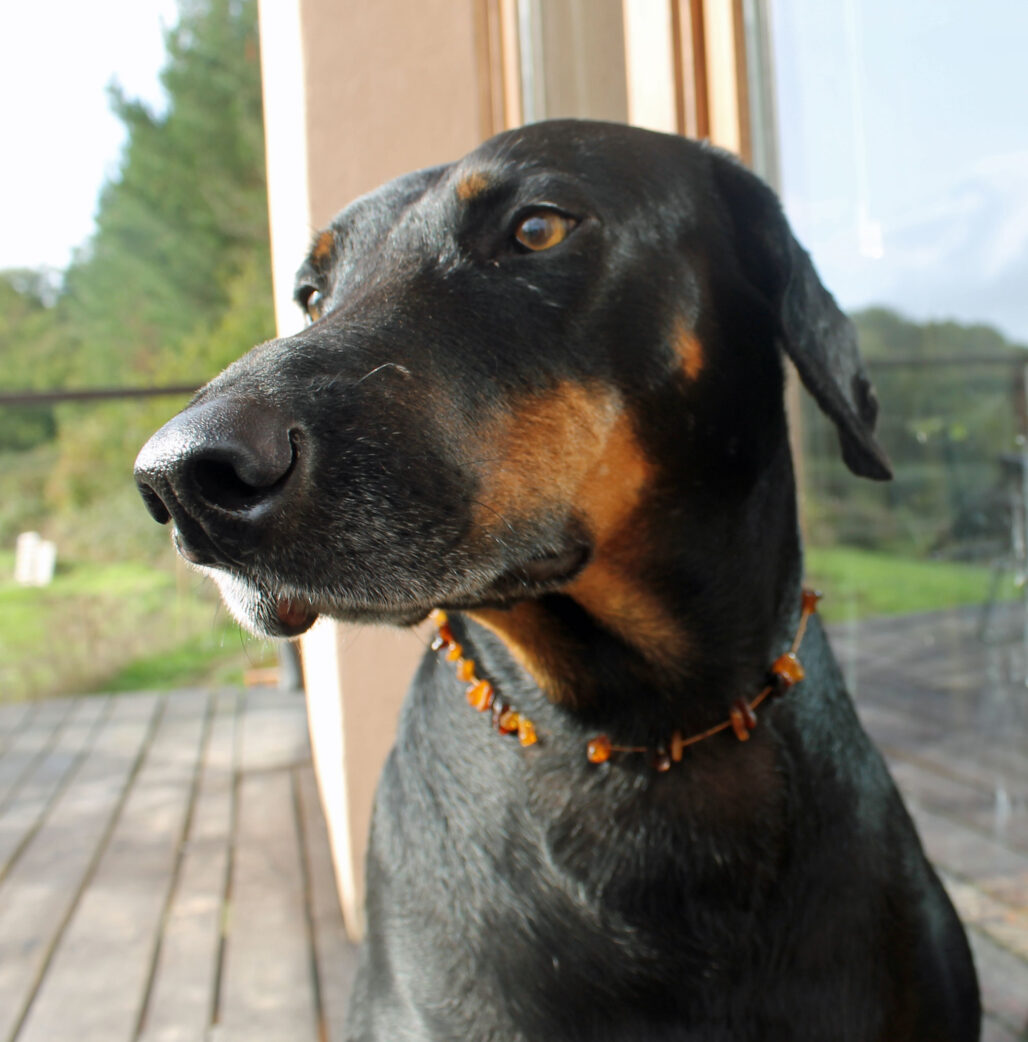
Freya's Sulphuric Necklace
You May Also Like
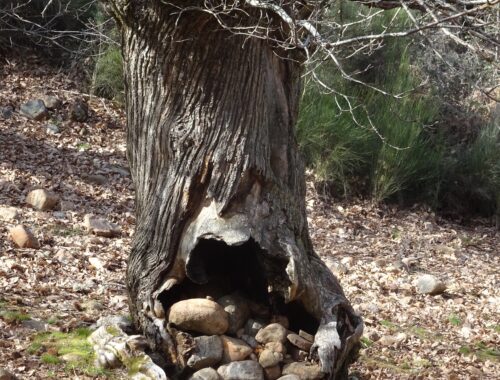
Stone Spirits
April 27, 2024
The End of History
March 30, 2024